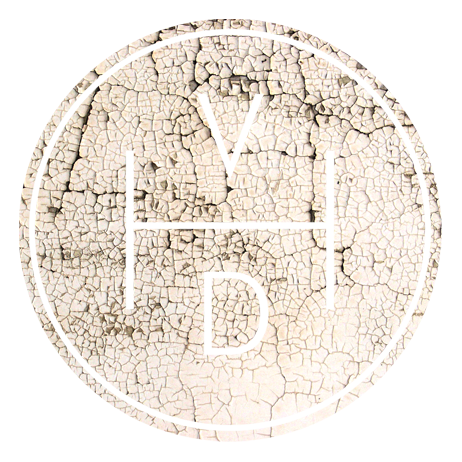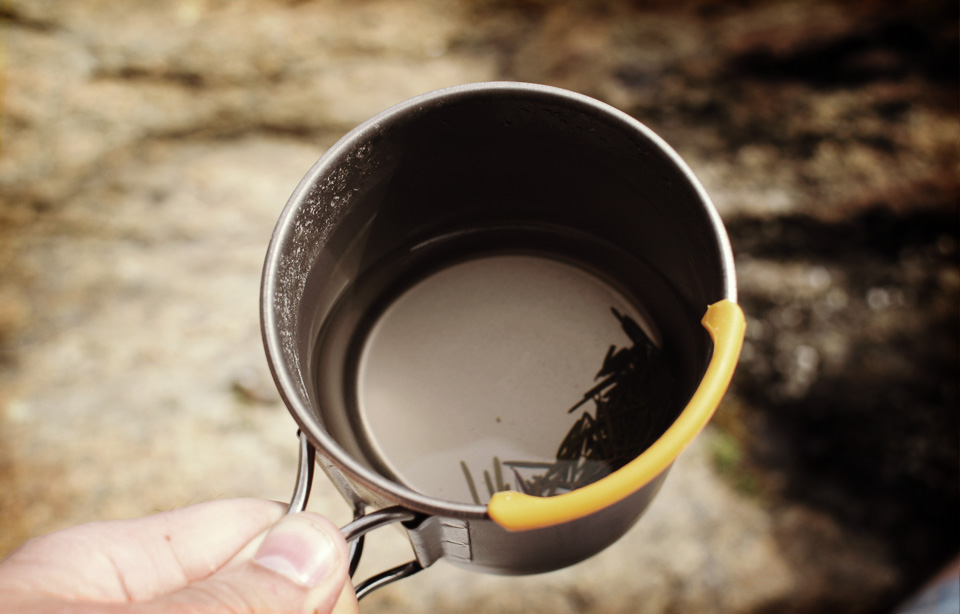Three Men in a Boat
One of my favorite Victorian novels would have to be "Three Men in a Boat" by Jerome K. Jerome. Jerome was a great comedic writer, his prose are still laugh out loud funny. The book follows Jerome and his two friends, to say nothing of the dog, as they take a boat trip out of London on the Thames. One of my favorite parts outlines their approach to making tea, this is a top-tip still relevant today.
We put the kettle on to boil, up in the nose of the boat, and went down to the stern and pretended to take no notice of it, but set to work to get the other things out.
That is the only way to get a kettle to boil up the river. If it sees that you are waiting for it and are anxious, it will never even sing. You have to go away and begin your meal, as if you were not going to have any tea at all. You must not even look round at it. Then you will soon hear it sputtering away, mad to be made into tea.
It is a good plan, too, if you are in a great hurry, to talk very loudly to each other about how you don’t need any tea, and are not going to have any. You get near the kettle, so that it can overhear you, and then you shout out,“I don’t want any tea; do you, George?” to which George shouts back, “Oh, no, I don’t like tea; we’ll have lemonade instead—tea’s so indigestible.” Upon which the kettle boils over, and puts the stove out.
We adopted this harmless bit of trickery, and the result was that, by the time everything else was ready, the tea was waiting.

















